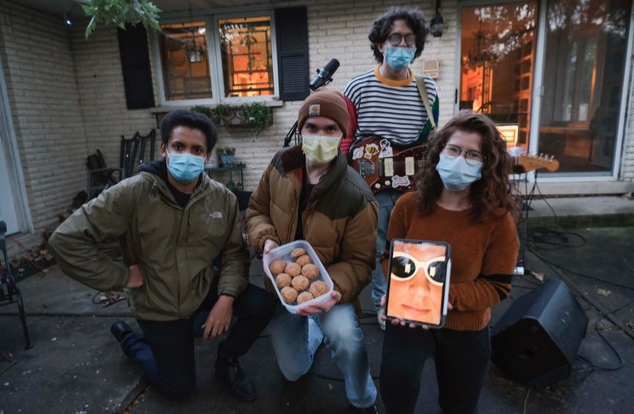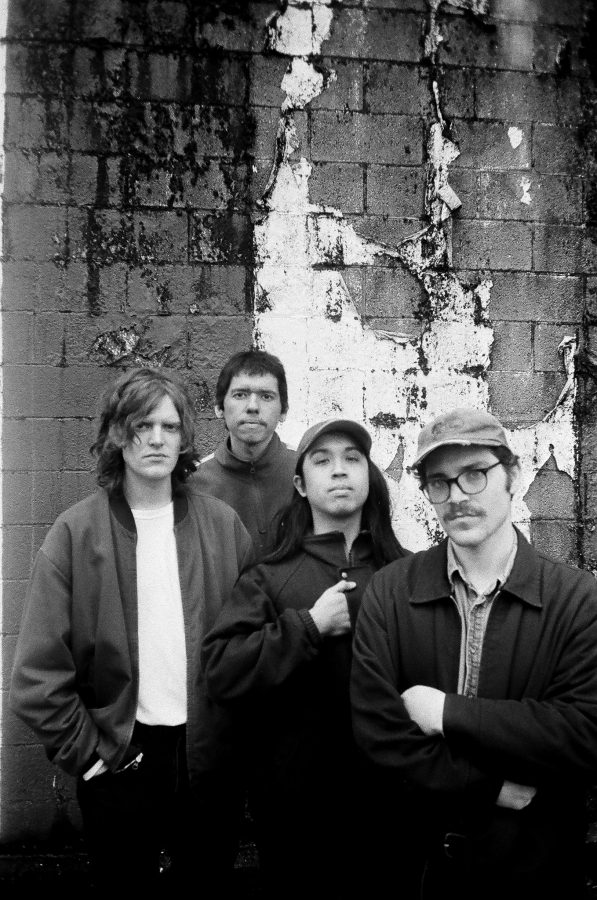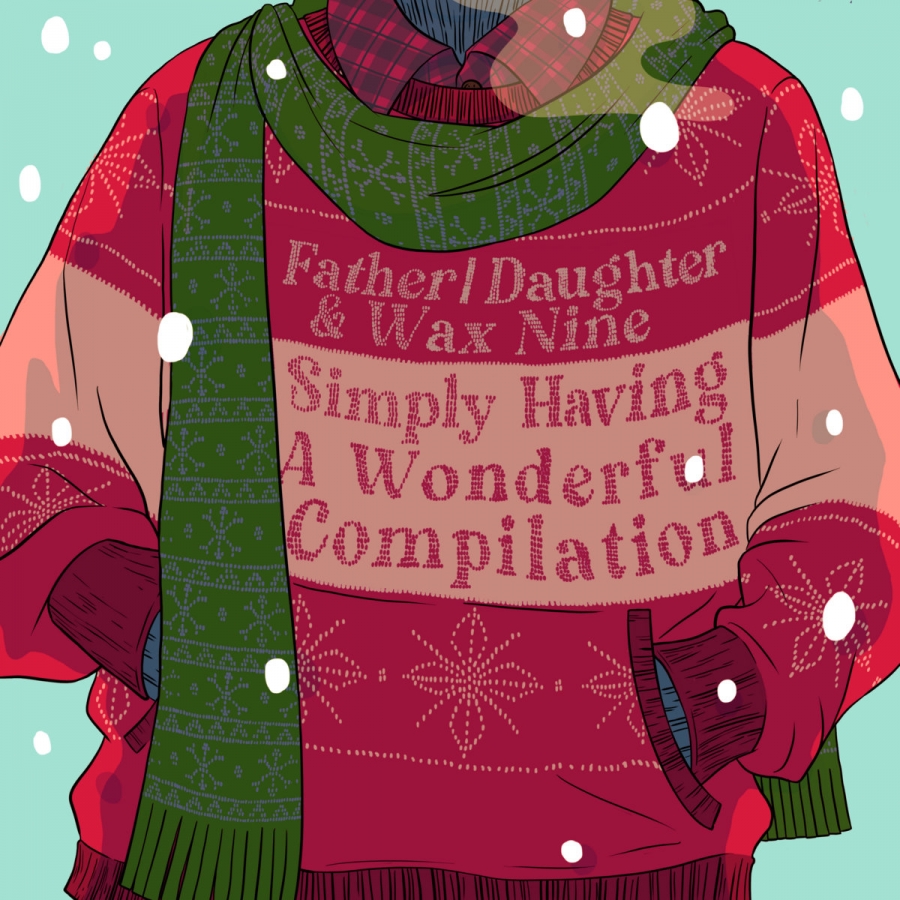Jam (noun): a sweet, sticky edible substance made of fruit and sugar, boiled to a thick gelatinous consistency that’s yielding and spreadable
Jam (verb): to push, shove, squeeze or otherwise manipulate an object into a constrained space, often implied to be aggressively or even forcibly realized
Contained in this little three-letter word are at least six or seven distinct meanings according to this thing once referred to as a dictionary (it’s like a papery blog). And while we’re talking semiotics it’s interesting to note how the two definitions above are on opposite ends of the spectrum in some ways: yielding vs. forceful, sweet vs. aggressive.
Another meaning of jam: “An extended, semi-unstructured musical passage, or entire musical work, in which synchronized, partially improvised interactions between musicians are of key importance–often with the objective of achieving a concentrated, intensified, and/or ecstatic state of perception among both musicians and listeners. The formal properties of the jam (aka “jammers”) tend to revolve around an optimal balance between repetition and variation; and on the macro level, a continuous ebbing and flowing in terms of tempo, dynamics, and/or texture before ultimately reaching a climactic release, with the notable exception of “mellow jams” or “droney jams” where such macro-level formal developments are de-emphasized or not sought at all.”
The long-running bands Woods are masters jammers (but not a “jam band,” you won’t find too many patchouli-besotted noodle dancers at their shows). And in their jamming they capture all the dictionary meanings of jam described above–playing music that’s alternately and sometimes at once both sweet and aggressive, ethereal and ferocious, disciplined and sprawling.
Besides their proclivity for jamming Woods are master songwriters as well with a musical palette stretching from pastoral folk rock to driving alt-pop to resplendent psychedelic rock. If you need proof of any of this I’d recommend spending New Year’s Eve and Day listening to their eleven albums (the latest being Strange To Explain released earlier this year) plus the compilation released out in October called Reflections Vol. 1 (Bumble Bee Crown King) that brings together rare and unreleased recordings made between 2009 and 2013. One standout on the latter is an early demo of “Bend Beyond” that’s a good deal more jammy than the version on the Bent Beyond album (2012). And below you can hear how they stretched out the song even more when they played it live.
Strange To Explain is a fitting epithet for the year that just passed, featuring songs that act as a gentle balm for dreamers (“Where Do You Go When You Dream?”) and insomniacs (“Just To Fall Asleep”) alike. Here is an album that puts the “vibey” back in vibraphone and the “mellow” back in Mellotron, both instruments featured heavily on the album.
The writing of Strange To Explain overlapped with the band’s Purple Mountains project, a collaboration with Silver Jews’ frontman David Berman. The reclusive songwriter and genius poet came out of a decade-long retirement from music to record the album with Woods. Sadly, after a life-long struggle with depression, Berman committed suicide in 2019 just weeks before a widely-anticipated Purple Mountains tour.
And so as we say good-bye and good riddance to 2020 let’s pay tribute to those we lost and those among us who feel lost. And give thanks for the transcendence granted by the music that we love–whatever it may be–more important than ever this past year. Personally I’ll be riding it out with “Weekend Wind,” the mellow jammer that closes Strange To Explain. (Jason Lee)











